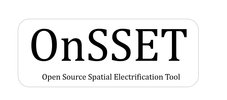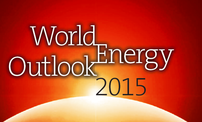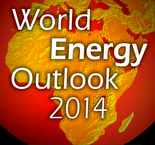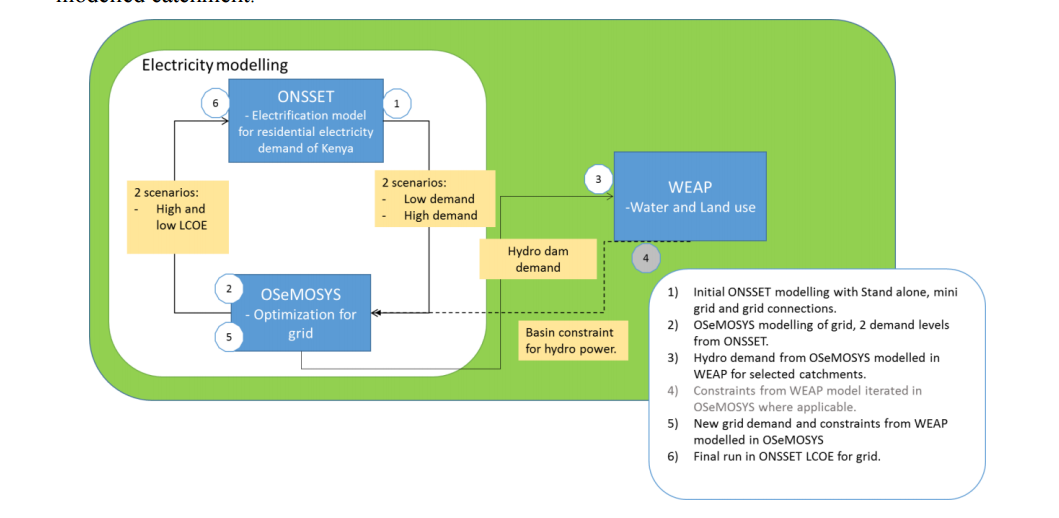Energy Access Outlook 2017 - From poverty to prosperity
Status: Completed
Partner: IEA
Partner: IEA
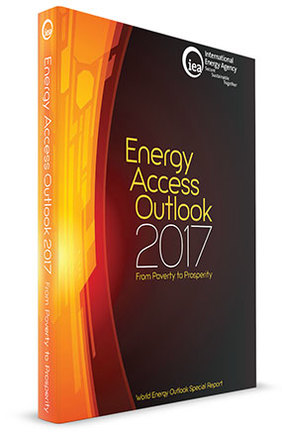
Around 1.1 billion people globally lack access to electricity. With the pace and scale of effort showing a steep increasing curve over the past years, it seems that energy access is at a global turning point. In order to raise the profile of energy access in national and international policy circles and provide the data necessary to inform good decision-making and energy policies, the International Energy Agency (IEA) has launched this year a special report “Energy Access Outlook 2017: From poverty to prosperity” as part of the organizations flagship World Energy Outlook (WEO) series.
OnSSET, the OpeN Source Spatial Electrification Tool developed by KTH dESA has been a key modelling tool supporting this effort. OnSSET was used in a number of scenarios assessing how to achieve access to modern energy for all by 2030 and how energy access can unleash productive economic activity and accelerate economic growth in Africa.
Find the publication here.
OnSSET, the OpeN Source Spatial Electrification Tool developed by KTH dESA has been a key modelling tool supporting this effort. OnSSET was used in a number of scenarios assessing how to achieve access to modern energy for all by 2030 and how energy access can unleash productive economic activity and accelerate economic growth in Africa.
Find the publication here.
Energydata.info
|
Status: Ongoing
Partner: World Bank |
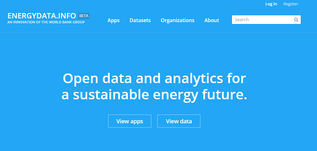
KTH Division of Energy Systems Analysis contributes with relevant datasets for electrification planning and applications to the development of an open database for energy related information, Energydata.info is an open data platform providing access to datasets and data analytics that are relevant to the energy sector. Energydata.info has been developed as a public good available to governments, development organizations, non-governmental organizations, academia, civil society and individuals to share data and analytics that can help achieving the United Nations’ Sustainable Development Goal 7 of ensuring access to affordable, reliable, sustainable and modern energy for all.
|
Open Geospatial Data for Energy Access
|
Status: Completed
Partner: World Bank |
Geographic information systems (GIS) are increasingly being used in energy planning and by private sector practitioners. Through qualitative interviews with 49 leading practitioners in the public and private sector, data of most importance and current open access data sources for energy access could be established along with the identification of information currently lacking from open data sources. In order to provide insights in adopting GIS techniques into electricity access analysis, this project will:
• Highlight the importance of open geospatial data in supporting the energy access agenda. • Evaluate the availability, quality and utilization of such data in current electrification practices. • Perform a gap analysis that will initiate a dialog towards future development in this field. |
